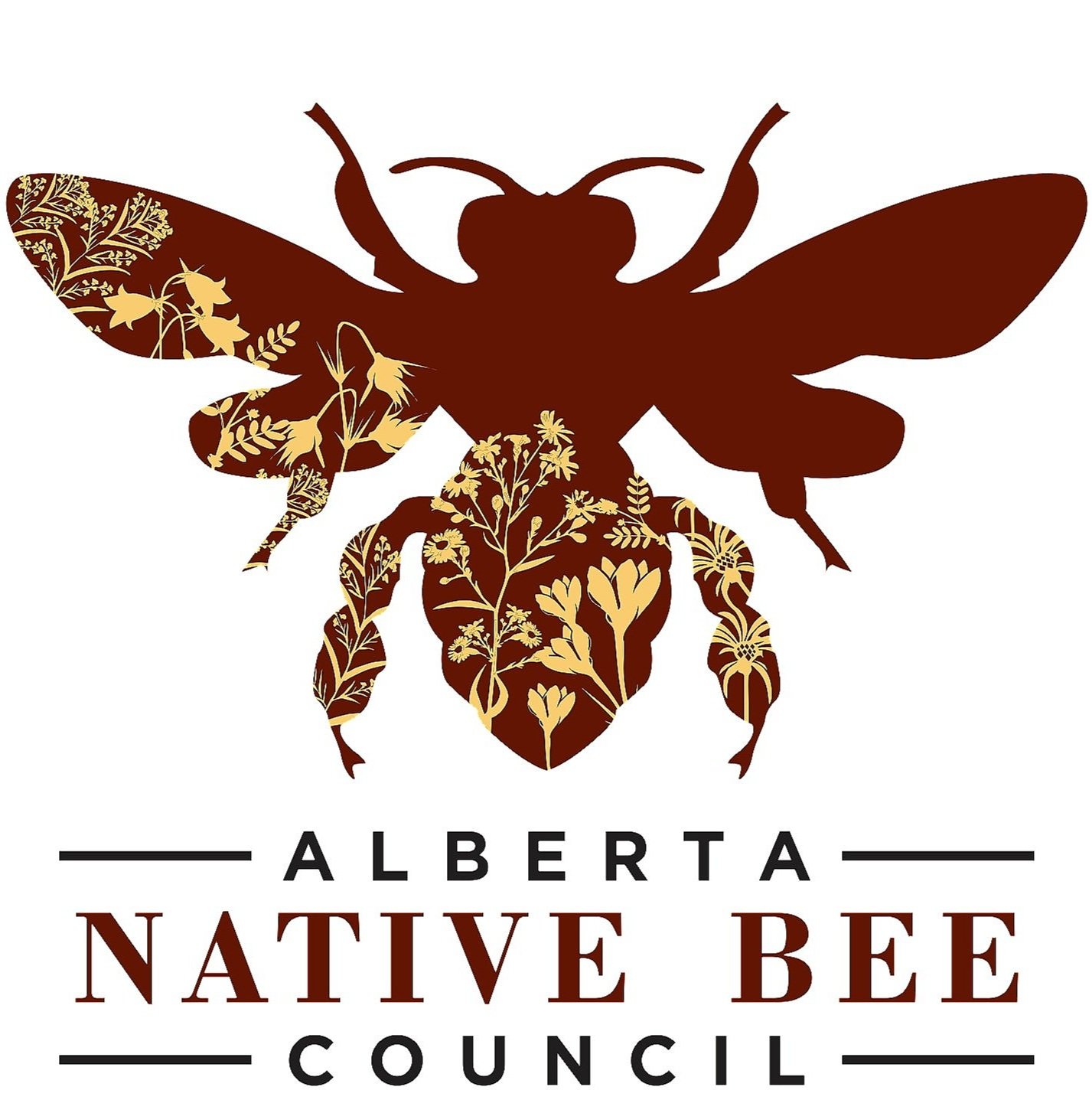Molly, the Bee-Sniffing Dog
Last fall, we highlighted Rose Bouffard’s efforts in training her dog Molly to sniff out naturally occurring bee nests. I got to see Molly in action one afternoon as she sniffed out old bumble bee colonies I had hidden all around my property. It was an impressive sight!
While winter is a time of dormancy for bees, Molly’s training continued as best it could. Rose was careful not to run sessions during colder, moisture temperatures to avoid damage to her olfactory senses and as such some drills were run indoors where according to Rose “she seemed mostly bored”. They did manage a session outdoors with a bee-planting volunteer that placed bees in a nearby park for Molly to sniff out. “Molly started sniffing and found one right away, but I could not find the container!? She kept insisting though. I asked the volunteer where the bees were and he said they were in a different spot, so I pulled her away to look where he indicated. No bees.” After a few more ‘failed’ attempts to get Molly looking in the indicated location area, Rose decided to trust her dog and finally let her lead the way. Rose said, “Molly kept bee-lining to this bush, completely ignoring where the volunteer insisted he had buried the last of the bees. Again, I didn't trust her, but lucky for me I have a dog with ridiculous drive, and I've taught her some intelligent disobedience. After a super frustrating 20 minutes, I finally just decided to follow the dog and ignore what the volunteer was saying—lo and behold, she took me right to the bees! Again! Maybe one day I'll learn to just TRUST THE DOG, and stop insisting that she's wrong.”
Some of you might be wondering why this research is so important. Surprisingly, little is known about nesting activities of many of our native bee species. Being able to determine the locations and densities of nests in different landscapes could provide invaluable insight to conservation-based research and initiatives. Keep up the great work Molly, and Rose!


